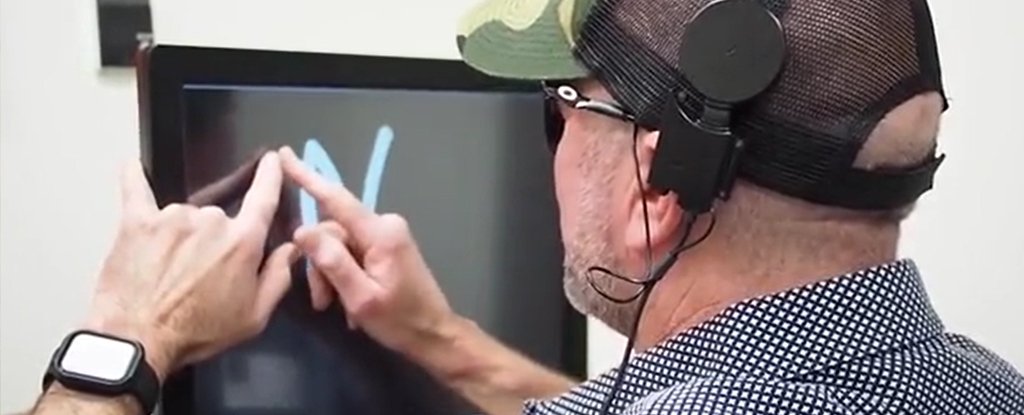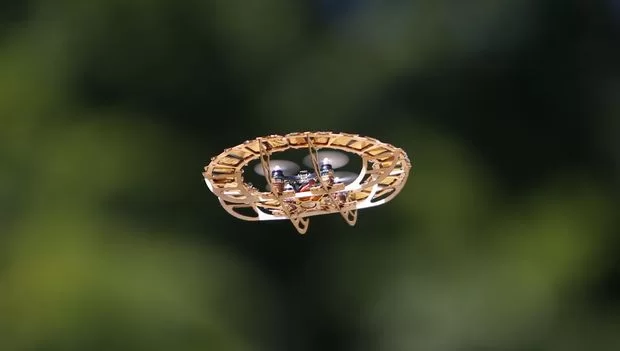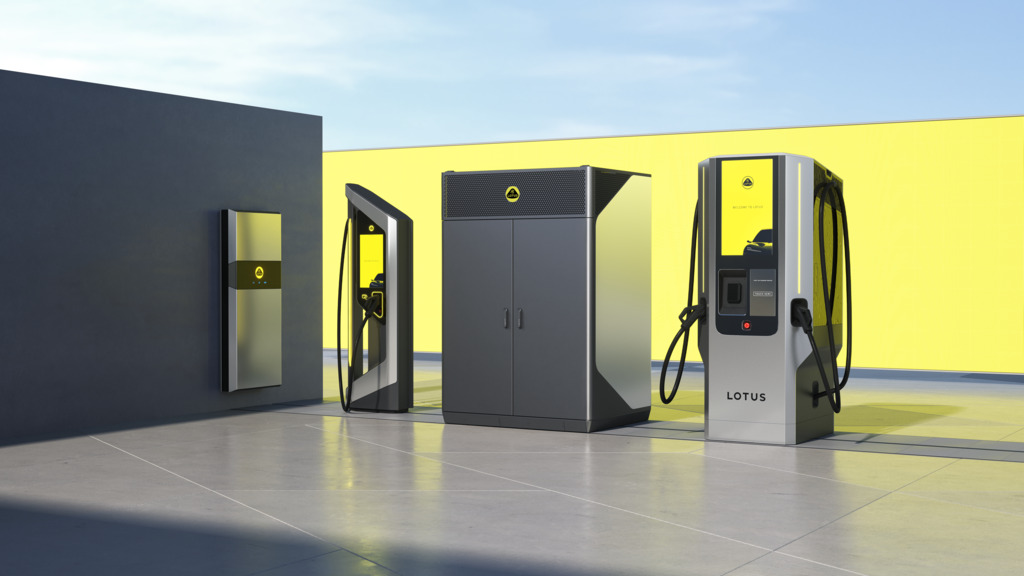Researchers from the Baylor College of Medicine in Houston have developed a brain implant called visual prosthetics. This implant allows both sighted and blind participants to see the shapes of letters.
Researchers foresee that in the future this technology could help stimulate the brain and restore people’s vision.
The brain implanted electrodes trace shapes on the visual cortex. The visual cortex is the part of the brain that processes visual information. This device works by skipping the eye and relaying visual information from a camera straight to electrodes.
Because of the electrical pulses sent to their brains, the participants were able to “see” the outlines of shapes.
Senior author Daniel Yoshor, said, “When we used electrical stimulation to dynamically trace letters directly on patients’ brains, they were able to ‘see’ the intended letter shapes and could correctly identify different letters,” “They described seeing glowing spots or lines forming the letters, like skywriting.”
In the previous attempts to develop visual aids, researchers treated each electrode like a pixel. Researchers stimulated many of these simultaneously in a visual display.
But it was less successful.
The first author of the study, Michael Beauchamp, said, “Rather than trying to build shapes from multiple spots of light, we traced outlines,”
He added, “Our inspiration for this was the idea of tracing a letter in the palm of someone’s hand,”
This device could prove to be of big help for the blinds
Yoshor said, “The ability to detect the form of a family member or to allow more independent navigation would be a wonderful advance for many blind patients,”
Although it sounds very promising, the device is still in its early stages, as the brain is an extremely complex organ.
“The primary visual cortex, where the electrodes were implanted, contains half a billion neurons,” Beauchamp said in the statement. “In this study we stimulated only a small fraction of these neurons with a handful of electrodes.”







